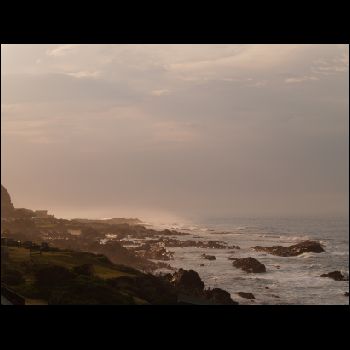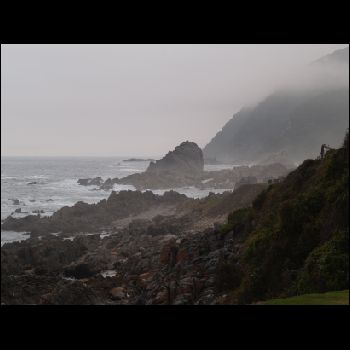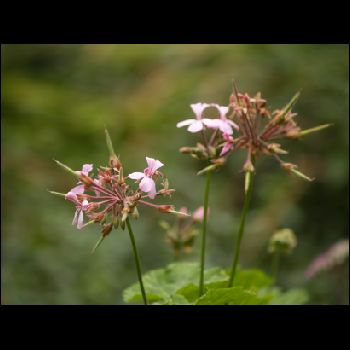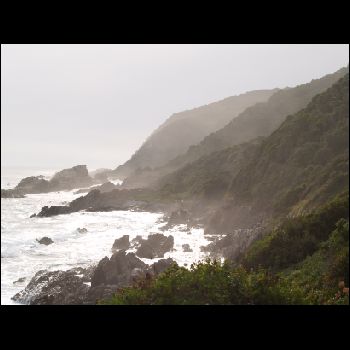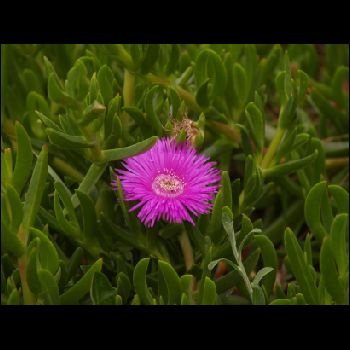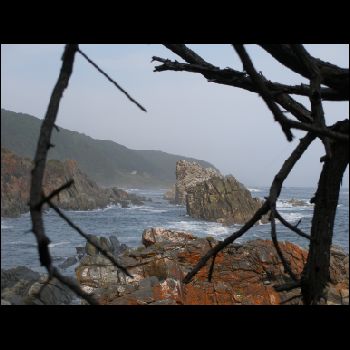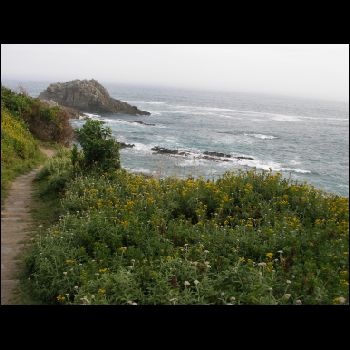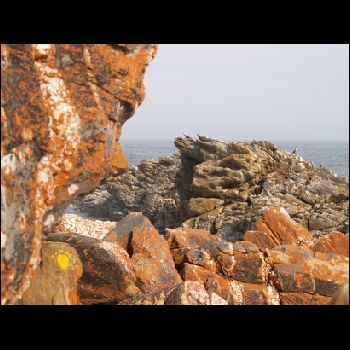The Otter Trail is one of South Africa’s most famous and scenic hiking trails, located along the Garden Route National Park on the southern coast of the country. This 5-day, 4-night trail is renowned for its stunning coastal views, diverse ecosystems, and the opportunity to experience South Africa's natural beauty in an immersive way.
Here are the key details about the Otter Trail:
1. Trail Overview:
- Distance: The trail is approximately 42 kilometers (about 26 miles) long.
- Duration: It typically takes 5 days to complete, with hikers covering an average of 8 to 9 kilometers per day.
- Difficulty: The trail is considered moderate to challenging due to its varied terrain, including steep climbs, rocky paths, and slippery sections. It is recommended for experienced hikers, though it can be manageable for beginners with good fitness.
2. Route and Highlights:
- The trail starts at Nature’s Valley and ends at Storms River Mouth, passing through some of the most beautiful coastal landscapes in the country.
- The route takes hikers through forests, along rocky shorelines, and over rugged cliffs, with breathtaking views of the Indian Ocean.
- Beaches and Bays: Hikers can enjoy walking along secluded beaches and pristine bays, where they might even spot dolphins and seals.
- Rivers and Streams: There are various river crossings (such as the Bloukrans River), offering a peaceful environment and the chance to cool off.
- Wildlife: The trail also passes through diverse ecosystems, so hikers may encounter various wildlife species such as monkeys, baboons, fynbos, and numerous bird species.
3. Accommodation:
- The Otter Trail features overnight huts spaced along the trail for hikers. These huts are well-equipped with basic facilities, such as beds, water, and cooking facilities. However, hikers need to bring their own food, cooking equipment, and other supplies.
- The huts are located in scenic areas, allowing hikers to rest and enjoy the beauty of their surroundings.
4. Booking and Permits:
- The Otter Trail is highly popular, and permits are required to hike it. Due to its popularity, bookings should be made well in advance (often several months ahead, especially during peak seasons).
- The Garden Route National Park manages the trail, and they offer a booking system on their official website.
5. Best Time to Hike:
- The ideal time to hike the Otter Trail is during spring (September to November) and autumn (March to May) when the weather is milder, and the trail is less crowded.
- Summer can be quite hot and humid, while winter might bring cooler weather and the chance of rain. However, the trail is open year-round, and each season offers a different experience.
6. What to Expect:
- The Otter Trail is famous for its breathtaking coastal scenery and the sense of remoteness it offers. There are no road access points during the hike, meaning hikers are fully immersed in nature.
- You’ll need to be prepared for a range of conditions, from hot days to possibly rainy nights, and carry enough supplies, including food, water, and a first-aid kit.
- The trail also offers a fantastic opportunity to disconnect from technology and reconnect with nature, making it a very special experience for avid hikers.
7. Other Considerations:
- The trail has some challenging terrain, including some rock scrambling, steep ascents and descents, and river crossings, so it’s important to be physically prepared.
- You’ll need to be self-sufficient, as there are no shops or facilities along the route.
- Guides are not necessary for the Otter Trail, as it is well-marked. However, some hikers prefer to hire a guide for an added layer of knowledge and safety.
Why Hike the Otter Trail?
- The Otter Trail is one of the best multi-day hikes in the world, and it offers an unparalleled chance to experience the natural wonders of South Africa's Garden Route. The combination of forest, coastline, wildlife, and solitude makes it a truly memorable hiking experience.
- It's a great way to disconnect from the daily grind, enjoy spectacular views, and challenge yourself physically while exploring a piece of South Africa's coastline that remains largely untouched.





